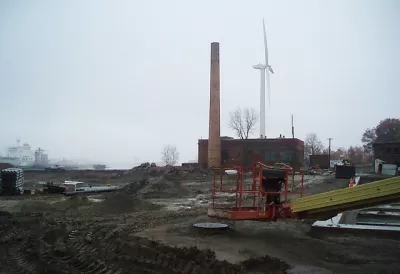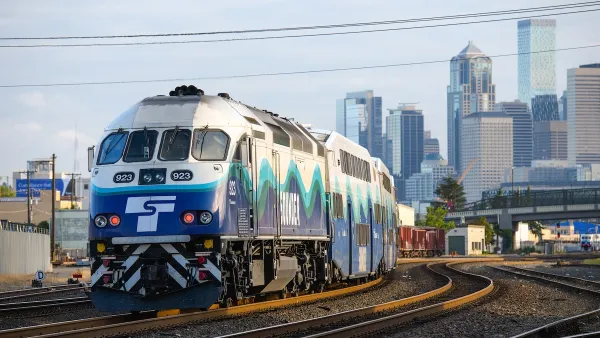The U.S. House of Representatives approved H.R. 3017 last week, which would extend the U.S. EPA brownfields through 2022.

Kira Hibbert reports that the House of Representatives passed H.R. 3017, the Brownfields Enhancement, Economic Redevelopment, and Reauthorization Act of 2017, on November 30. The bill would extend the U.S. Environmental Protection Agency's brownfield program, which provides funding to clean up and restore contaminated sites.
According to Hibbert H.R. 3017 improves the brownfields program by:
- Funding the program at an annual level of $200 million through fiscal 2022.
- Expanding brownfield grant eligibility to nonprofit groups and partnerships, such as community development organizations.
- Allowing the EPA to award multi-purpose grants of as much as $1 million to cover different activities or remediation at more than one site, and
- Increasing the maximum amount for other grants to $500,000 per site, from $200,000 with a new cap as large as $750,000 per site.
The House version of the bill has competition from the Senate's version—the latter would set aside less money for the brownfields program. "The House and Senate are expected to negotiate the final FY 2018 appropriations bill by the end of the year," according to Hibbert.
Hibbert writes to express support for H.R. 3017 from Smart Growth America, LOCUS, and the National Brownfields Coalition. TheU.S. Conference of Mayors, the National League of Cities, the National Association of Counties, and the National Association of Regional Councils also support the bill. The website for the Transportation and Infrastructure Committee of the House also collected statements from committee members in response to the adoption of the bill.
FULL STORY: HOUSE PASSES BROWNFIELDS REAUTHORIZATION BILL

Planetizen Federal Action Tracker
A weekly monitor of how Trump’s orders and actions are impacting planners and planning in America.

The Simple Legislative Tool Transforming Vacant Downtowns
In California, Michigan and Georgia, an easy win is bringing dollars — and delight — back to city centers.

San Francisco's School District Spent $105M To Build Affordable Housing for Teachers — And That's Just the Beginning
SFUSD joins a growing list of school districts using their land holdings to address housing affordability challenges faced by their own employees.

In More Metros Than You’d Think, Suburbs are Now More Expensive Than the City
If you're moving to the burbs to save on square footage, data shows you should think again.

The States Losing Rural Delivery Rooms at an Alarming Pace
In some states, as few as 9% of rural hospitals still deliver babies. As a result, rising pre-term births, no adequate pre-term care and "harrowing" close calls are a growing reality.

The Small South Asian Republic Going all in on EVs
Thanks to one simple policy change less than five years ago, 65% of new cars in this Himalayan country are now electric.
Urban Design for Planners 1: Software Tools
This six-course series explores essential urban design concepts using open source software and equips planners with the tools they need to participate fully in the urban design process.
Planning for Universal Design
Learn the tools for implementing Universal Design in planning regulations.
Smith Gee Studio
City of Charlotte
City of Camden Redevelopment Agency
City of Astoria
Transportation Research & Education Center (TREC) at Portland State University
US High Speed Rail Association
City of Camden Redevelopment Agency
Municipality of Princeton (NJ)





























